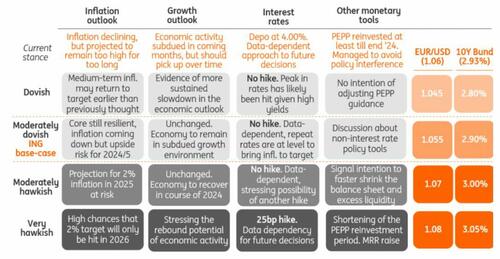The holding company set up in February 2013 as a tie-up between Tony Fernandes with a minority share and Tata Sons with majority stake in the low-cost airline has announced that it is selling its remaining equity shares in AirAsia (India) Private Limited (AAI) to Air India.
A subsequent statement from Air India suggests that the merger with Air Asia could be completed by the end of 2023. It has already started the process of merging AAI into Air India Express (AIE) for a single low-cost carrier.
With Tata Sons now acquiring the remaining stake of about 13 per cent in AirAsia India, the brand will cease to exist and will get subsumed into Air India Express.
You might also like
The test for India’s sovereign green bonds
Why Nykaa’s fashion biz is a blemish for growth
KKR, Temasek eye stakes in Manipal Health
Centre wants Voda Idea promoters to pump in more equity
This isn’t unexpected. AirAsia selling its equity shares is in fact the first step in the assembling of the various pieces of the jigsaw Tata Sons must ultimately complete to merge the three airlines it is running and managing at the moment — Vistara, Air India Express and Air India.
Of course, the merger with AirAsia India comes with its benefits. The Tatas can now look at using AAI’s manpower and routes to expand Air India Express’s footprint in the domestic skies. At the moment, Air India Express mainly connects Kerala to the Gulf and has some flights to select Indian cities which act more as staging points for connecting to cities in the Gulf.
With the Indian domestic skies being dominated by low-cost carriers (IndiGo enjoys over 50 per cent of the domestic market share) the Tata Sons management can look at enhancing the close to 6 per cent market share that AirAsia India has and also look at expanding or rationalising the 18 routes on which it operates. The model can be replicated on international routes with AI Express tapping into the Far East and regional markets, thereby increasing revenues, passenger numbers and aircraft utilisation for the group.
For this to happen, the Tatas will have to use the one-year period before the merger is complete to iron out the difficulties that are bound to arise in integrating AAI and AIE. One glaring issue is that of crew training in AIE. This was highlighted in the Aircraft Accident Investigation Bureau’s report when an AIE aircraft crashed at Kozhikode in August 2020.
In its report, the Bureau pointed out a string of mistakes — the pilot overlooked standard operating procedures, airport equipment misread the weather, poor training of crew and mismanagement of staff by Air India Express. The crash resulted in the death of 21 flyers including both the pilots.
The next one year can also be used by AI’s management to get a better aircraft tail-to-personnel ratio (a key parameter in measuring the successful running of an airline) by letting go excess staff in both the airlines and retaining key personnel like pilots.
The issue of integrating two different types of aircraft — AAI operates the Airbus 320 while AIE operates the Boeing 737 — will also have to be tackled. This, however, is a minor issue, and can be sorted out quickly through pilot conversion training which takes a few days. But the bigger challenges which will be more difficult to tackle include integrating all paperwork under a common platform.
However, this is only one part of the story. The other more significant part is Tata Sons convincing Singapore Airlines to come on board AI at the earliest.
Last month, in a statement to the Singapore Stock Exchange, Singapore Airlines made public that it is in talks with the Tata Group on the possibility of merging the two airlines.
SIA, which is regarded one of the most successful airlines in the world, can help Tata Sons transform AI into what JRD Tata hoped and what Tata Sons and Wilson Campbell are trying to achieve — a truly global airline which is the favoured carrier of passengers not only from the Indian diaspora but also the global business community, as Mint SnapView has argued in the past (Tatas might do well to rope in Singapore Airlines to jointly run Air India | Mint (livemint.com).
Nobody can doubt the Tata Group’s abilities to run successfully diverse businesses from making salt to cars to running hotels. However, running an airline with ambition of ruling international skies is a different ball game and that is where the managerial expertise that SIA has honed over the years is critical for taking AI to the heights that it should be cruising at.
Elsewhere in Mint
In Opinion, Debjani Ghosh says G20 presidency can make India the architect of a redesigned digital economy. Biju Dominic says activity trackers can change your beahviour. Amit Kapoor & Bibek Debroi tell how to boost India’s competitiveness. Long Story reveals the ugly truth of a dud vaccine.
Download The Mint News App to get Daily Market Updates.
More
Less
















